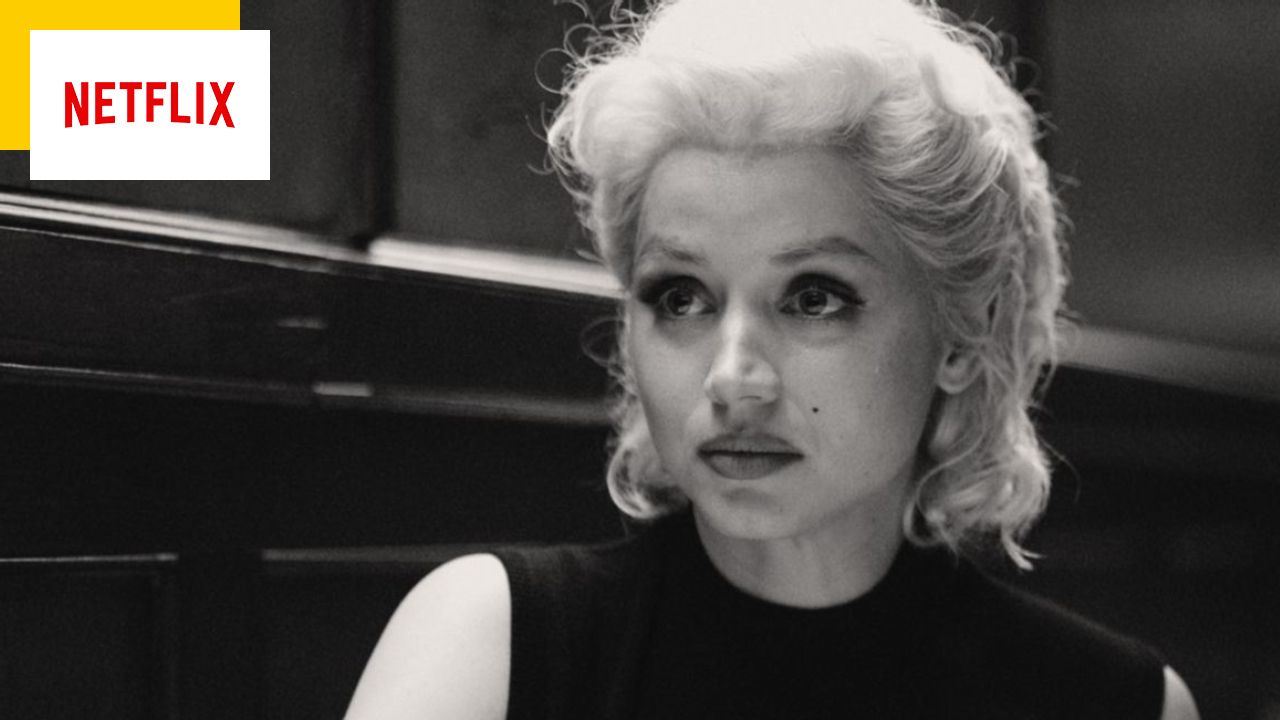Due to much controversy, Kera criticizes family planning in the United States. Rep questions abortion scenes in fake Marilyn Monroe biopic.
Warning, spoilers. Before continuing reading this article, it is recommended that you have seen the movie Blonde.
Even before the release, the blonde was subject to a lot of opposition. And since its release on Netflix, Andrew Dominik’s fake Marilyn Monroe biopic continues to stir passions. Between sex scenes and violent scenes, the feature film divides both the public and critics.
But one thing about the film that stands out now that it’s available on the American platform is how the blonde deals with the abortion. We see that Marilyn, played by Ana de Armas, has had two illegal abortions against her will. And these two medical acts deeply upset and traumatized him.
What provokes a strong reaction, in addition to the violence of the act, are the CGI sequences of the “fetus” directed directly at Marilyn. While she is pregnant, one of them asks her: “You won’t hurt me this time?”Which means he doesn’t want to kill her by aborting her.
A controversial representation of abortion
The film is being released in a specific context because it was posted online three months after the US Supreme Court’s decision to overturn Roe v. Wade, a landmark 1973 decision that upheld “a woman’s right to abortion.” States are now free to set abortion policies within their jurisdictions.
So the different sequence of the abortion in Blonde and this representation of the “fetus” which makes its parent feel guilty and questions the abortion, has been strongly criticized by the defenders of abortion rights.
Among the voices was Karen Spruch, National Director of Arts and Entertainment for Planned Parenthood (PPFA), one of the leading family planning groups in the US. HollywoodReporter :
“Because film and television shape many people’s understanding of sexual and reproductive health, it is imperative that these portrayals accurately reflect women’s real decisions and experiences.
Although abortion is a safe and necessary health care, anti-abortion fanatics have long promoted the stigma of abortion by using medically inaccurate descriptions of the fetus and pregnancy. Andrew Dominik’s new film, Blonde, reinforces their message with a CGI talking fetus, depicted as a fully formed baby.
For Caroline Spruce, blondes are a bad example of representation and celebrate in an industry that fully reflects its role in such important social issues and their representation is shown to the public, especially a few months after the Roe v decision was overturned. . Wade.
“Planned Parenthood respects artistic license and freedom. However, false images only reinforce misinformation and reinforce stigma around sexual and reproductive health. The outcome of every pregnancy – especially abortion – should be covered with sensitivity, authenticity and accuracy in the media.
We still have a lot of work to do so that everyone who has an abortion can see themselves on screen. It’s unfortunate that the creators of Blonde chose to contribute to anti-abortion propaganda and stigmatize people’s health decisions.”

For his part, the director Andrew Dominik denies that he made a “pro-life” film (a name that refers to a movement that unites associations and people, often religious movements, that oppose the right to abortion, euthanasia or some forms of contraception).
The director talked about it in an interview transfer :
The movie says that he can’t see reality. He sees his own fears and desires reflected in the world around him. You constantly see him reacting to the story he’s making. And I think such a desire. To look at “blonde” through the lens of Roy vs. Wade is collective.
They’re going to see the blonde as a demon because they feel that women’s freedom is compromised, but that’s not really the case. I think it’s very difficult for people to ignore the stories they carry and see things for themselves. And I think that’s really what the movie is about. The dangers of this. But you know, people have a hard time juggling two ideas in their minds. It’s either black or white.”
The director concludes by saying that the context of the blonde’s speech plays a big role in the perception of the film:
“I think the film is actually quite nuanced and I think it’s very complex, but it doesn’t fit into the box. People are clearly concerned about the loss of freedoms. But, I mean, no one cared if I made the film in 2008, and probably no one cares four years from now. And the movie won’t change.”
Spotlight – Our “3 Movies” podcast about Marilyn Monroe:
Blonde is available on Netflix.
Source: allocine
Emily Jhon is a product and service reviewer at Gossipify, known for her honest evaluations and thorough analysis. With a background in marketing and consumer research, she offers valuable insights to readers. She has been writing for Gossipify for several years and has a degree in Marketing and Consumer Research from the University of Oxford.








